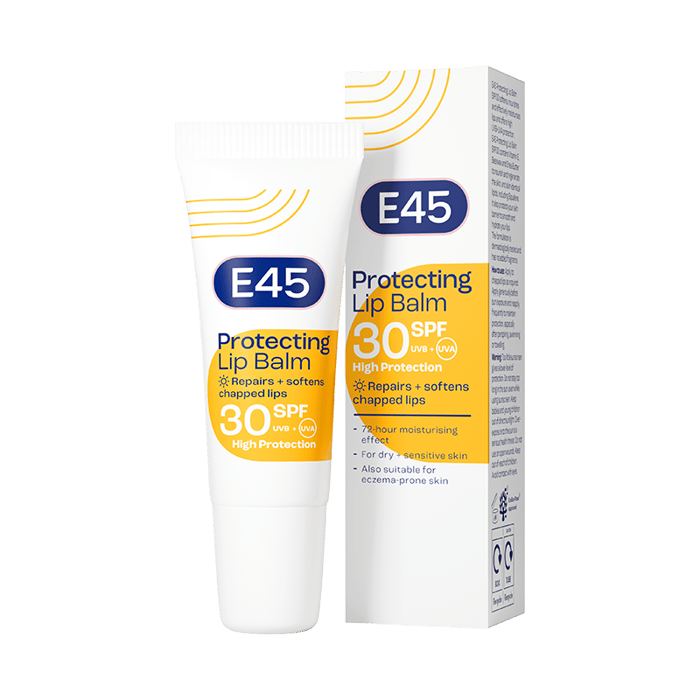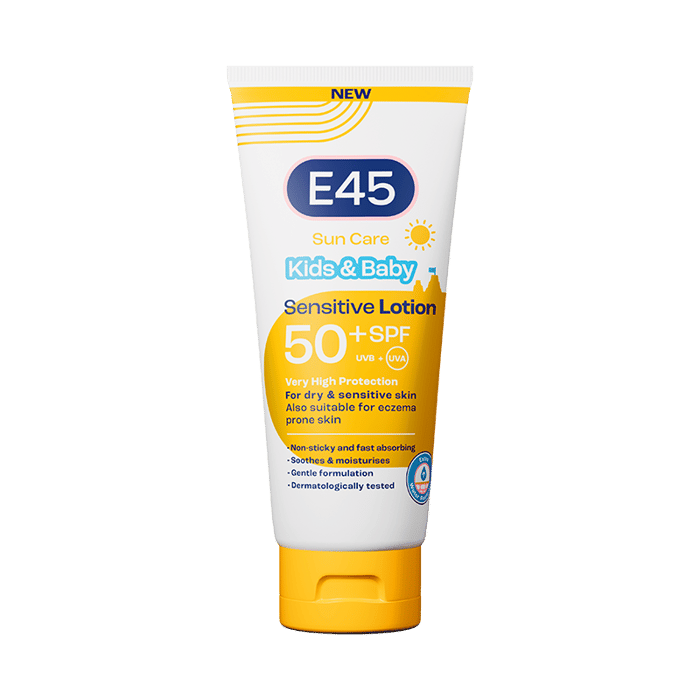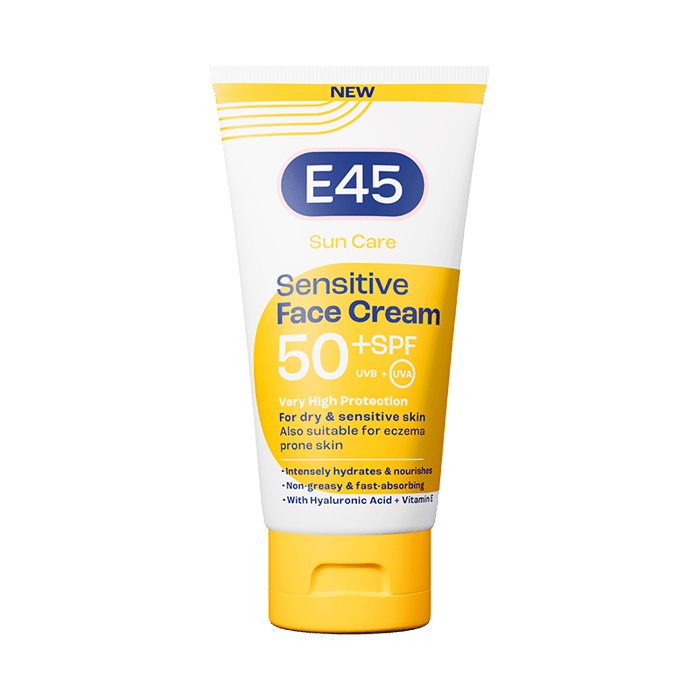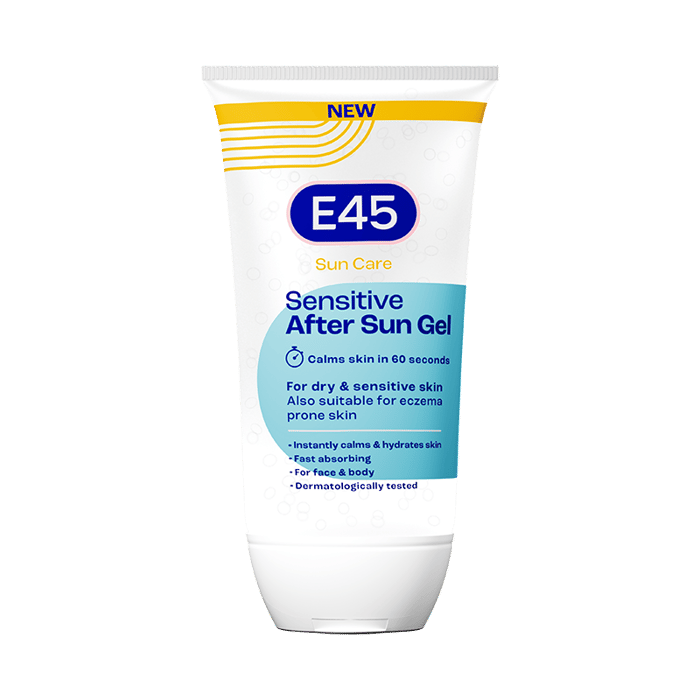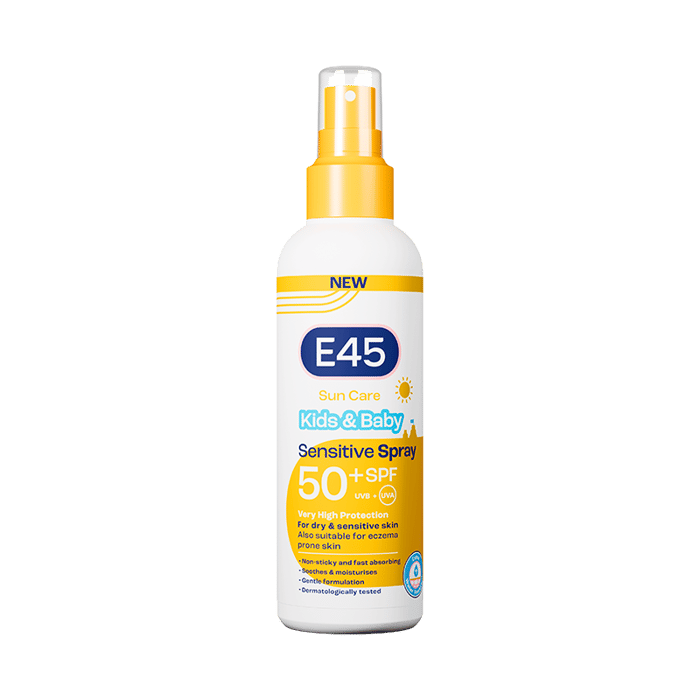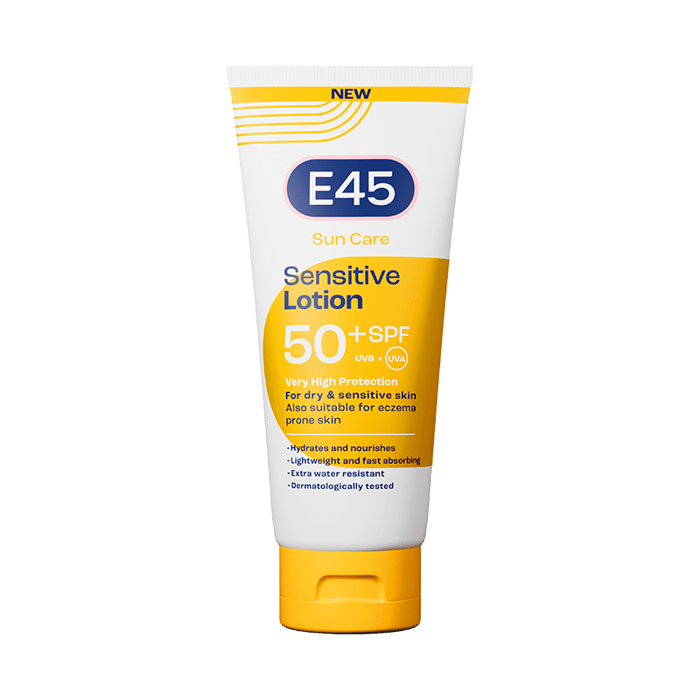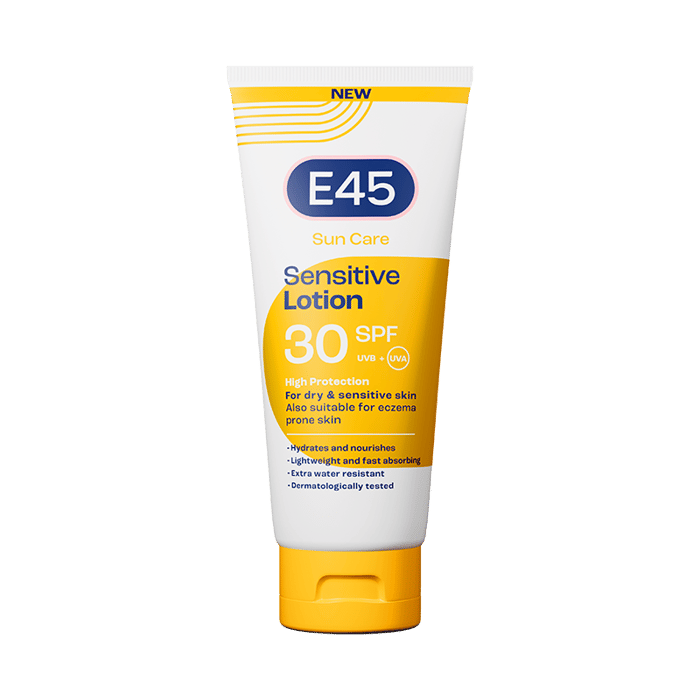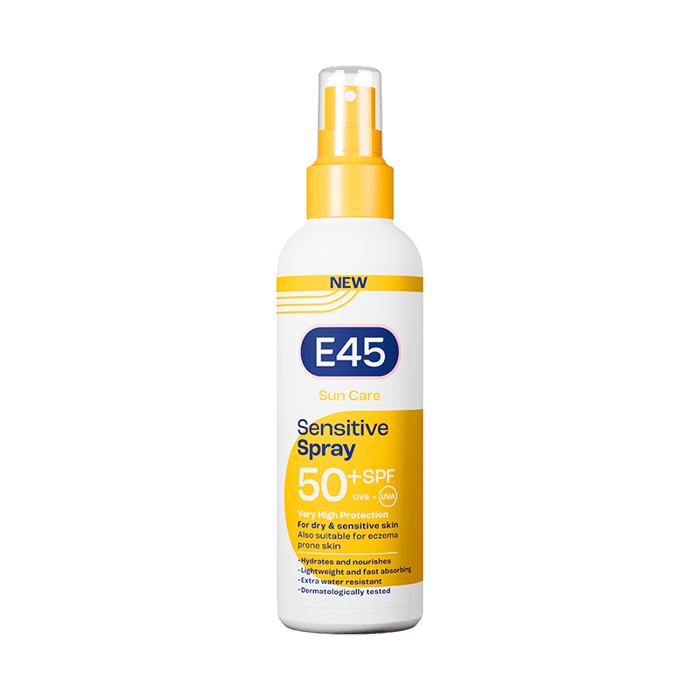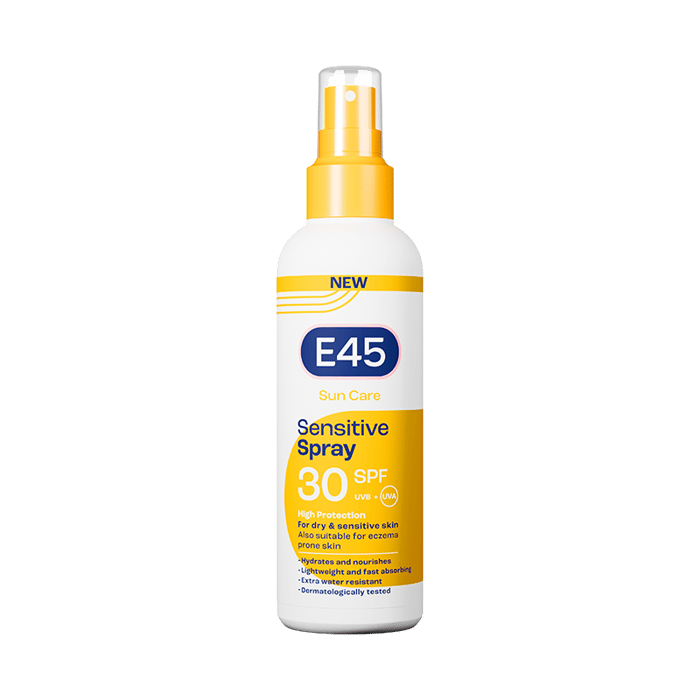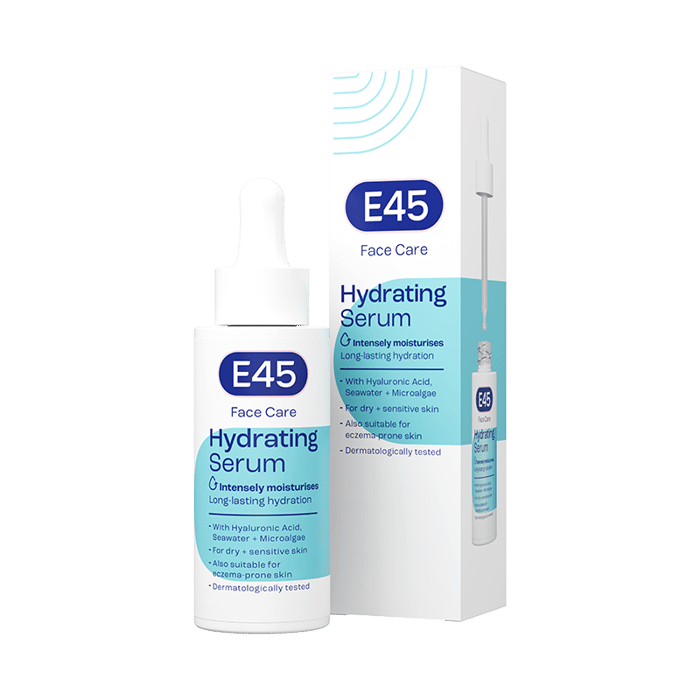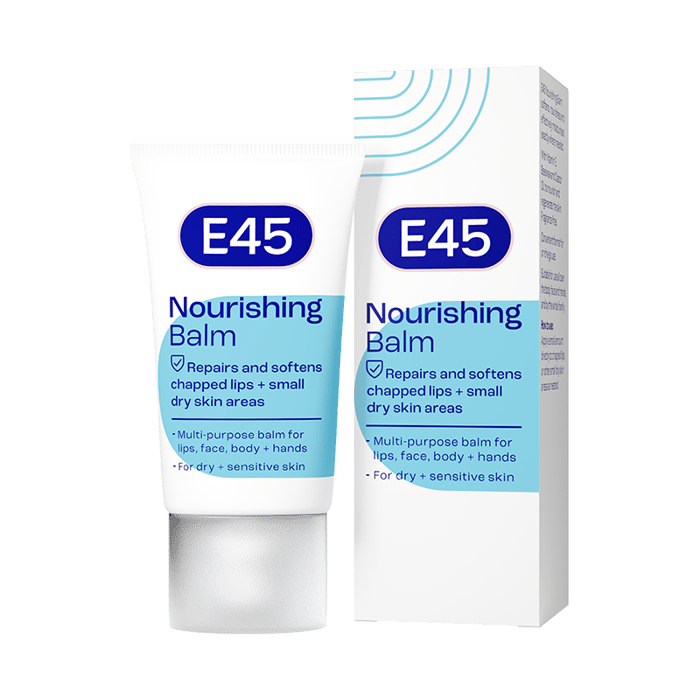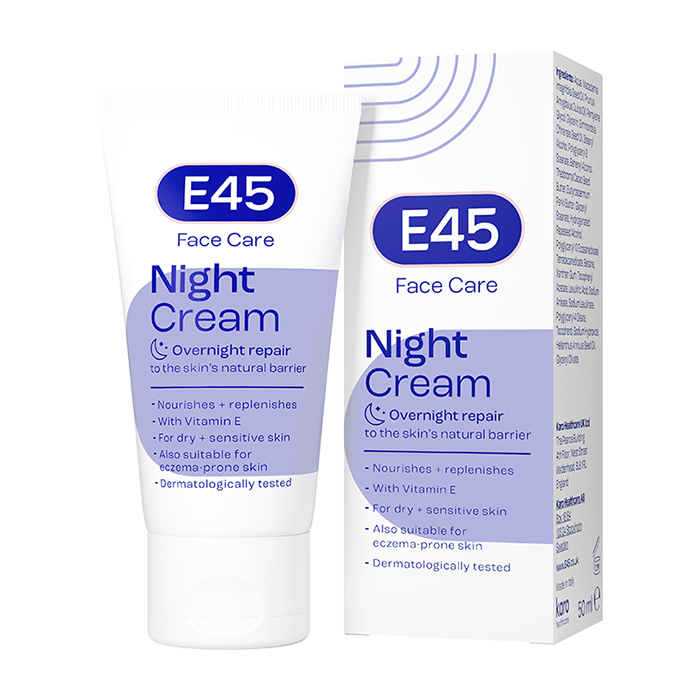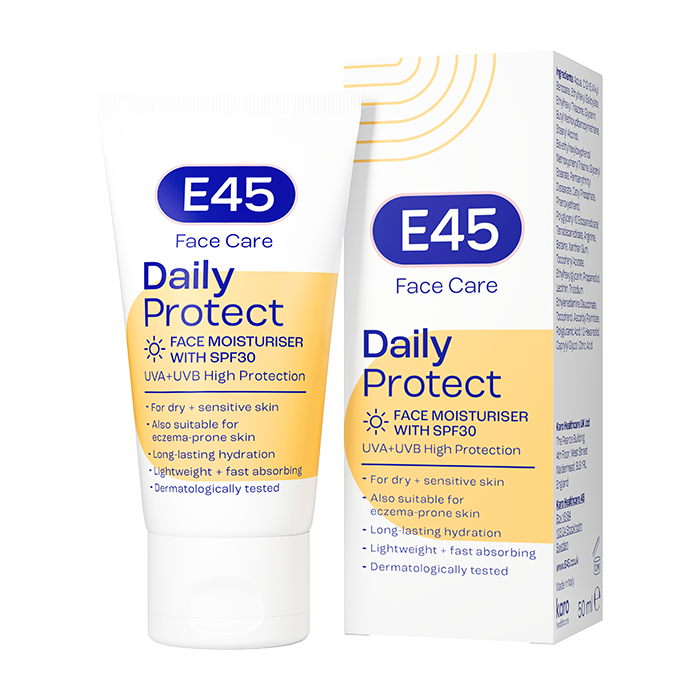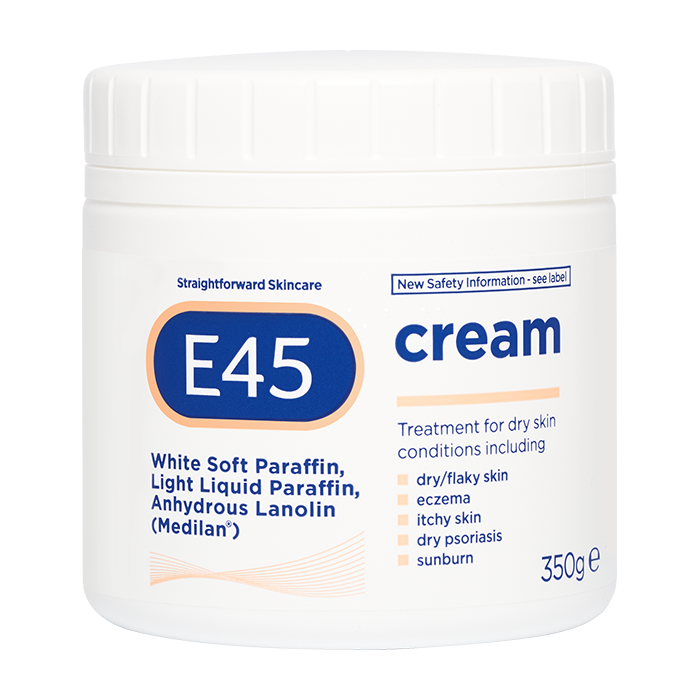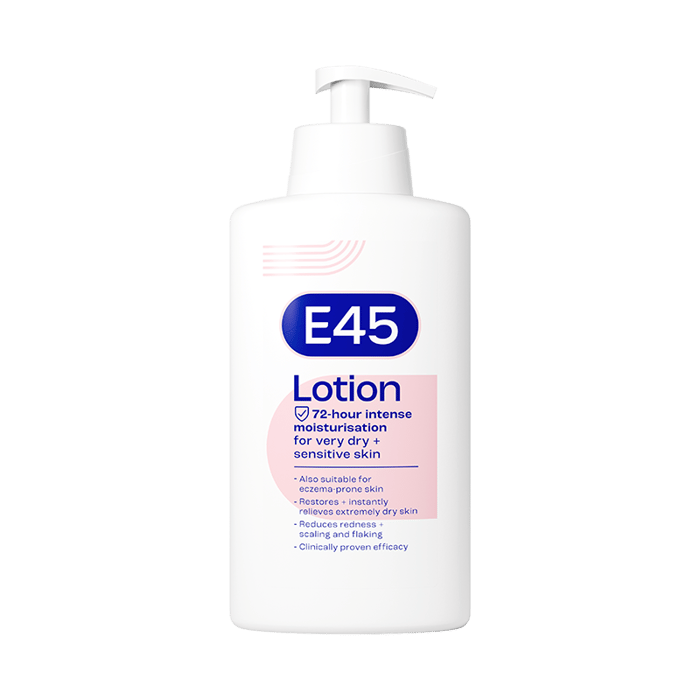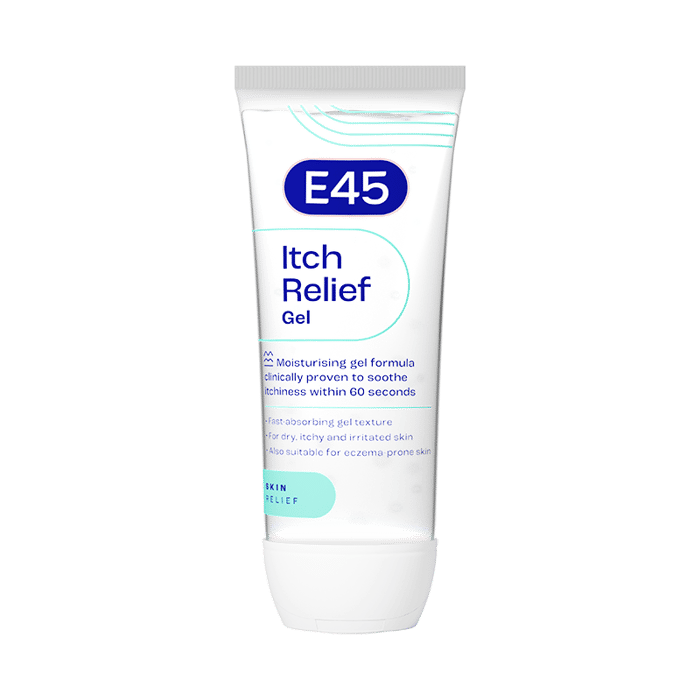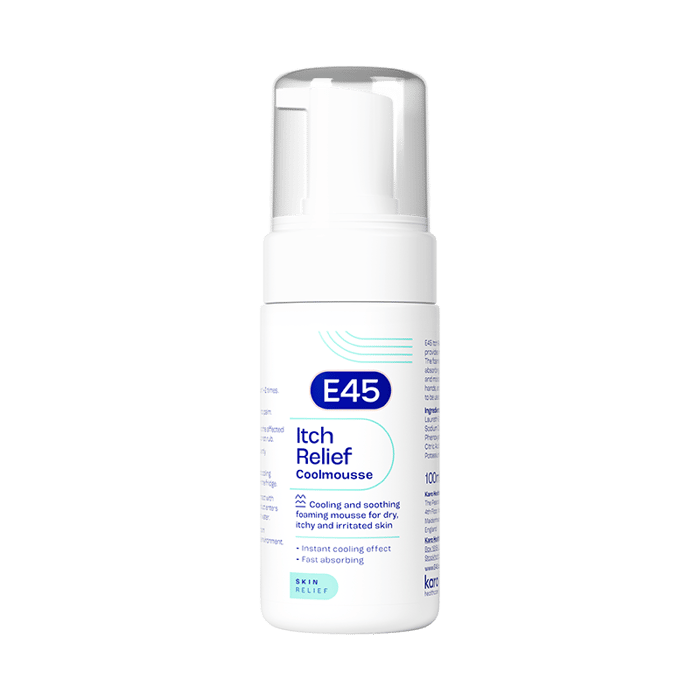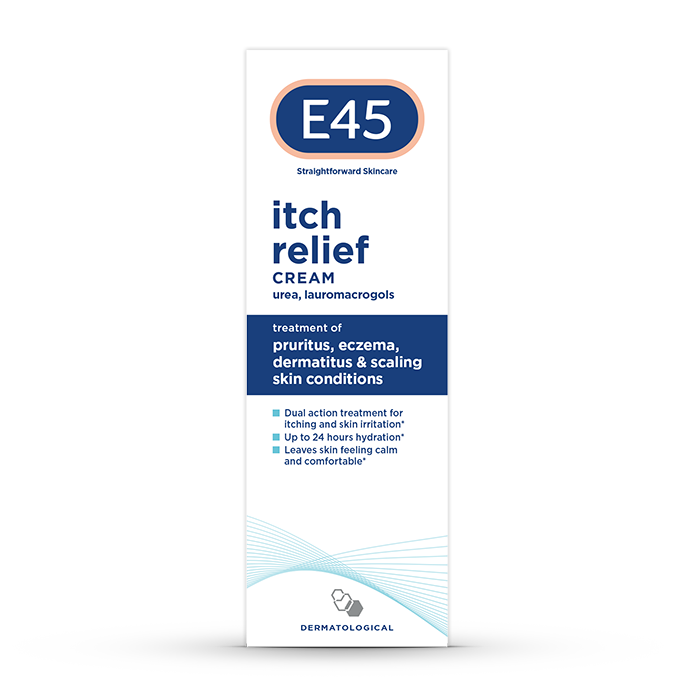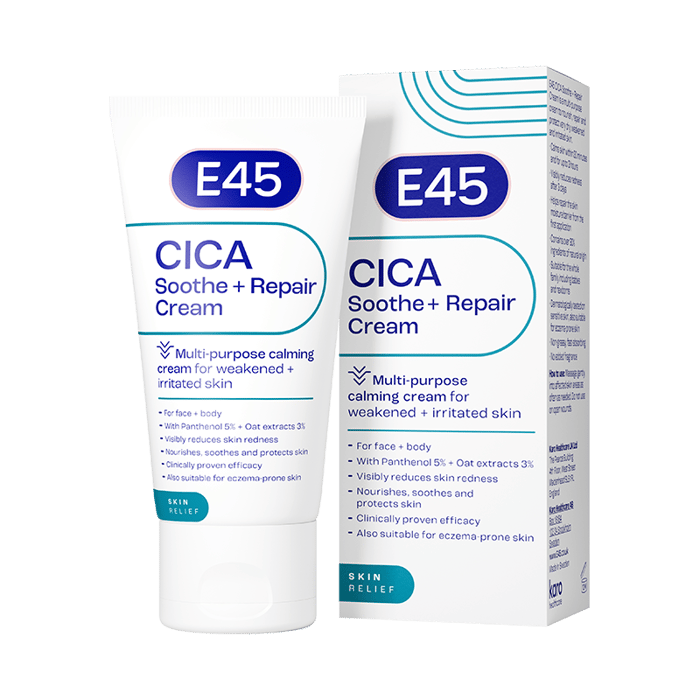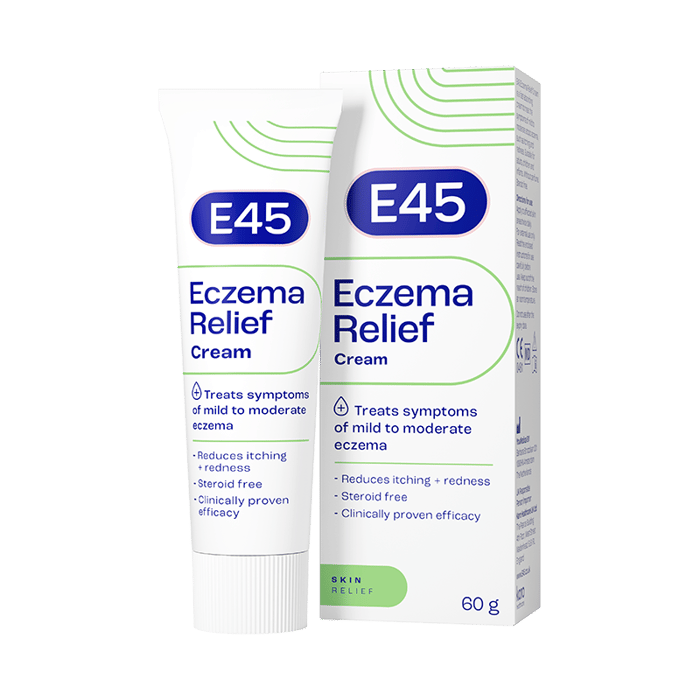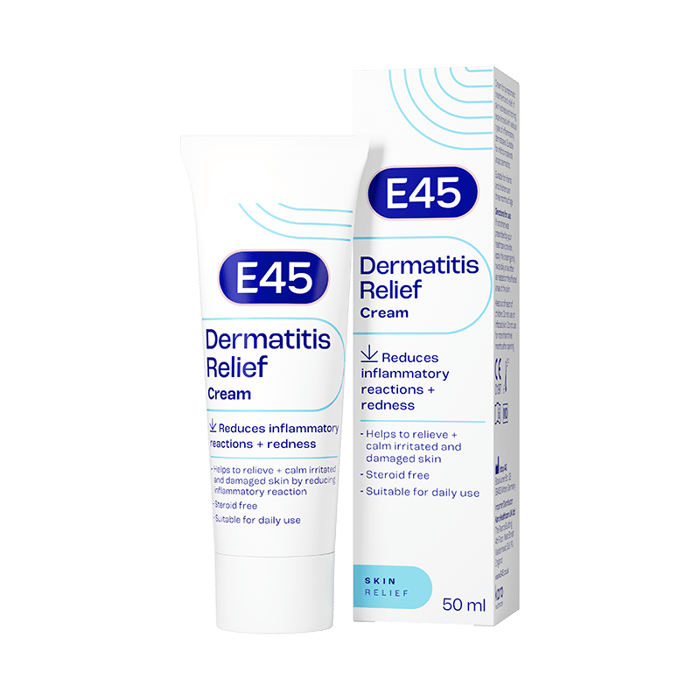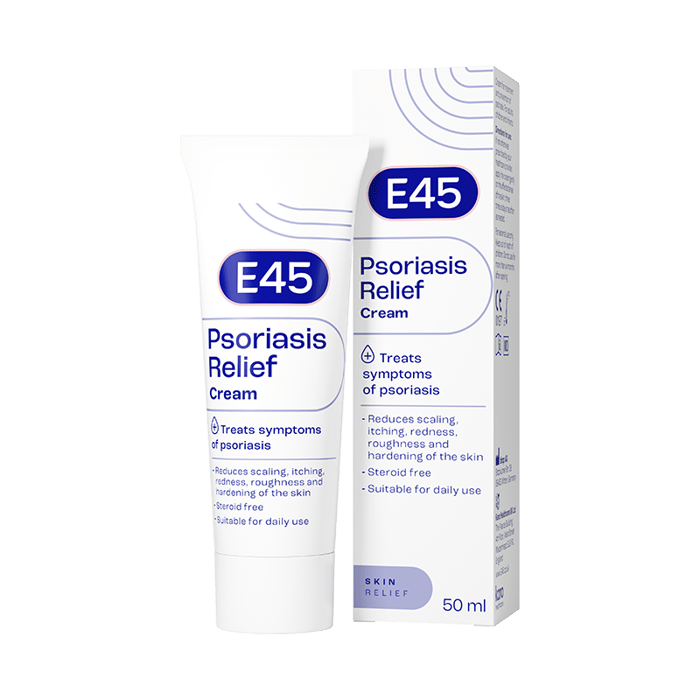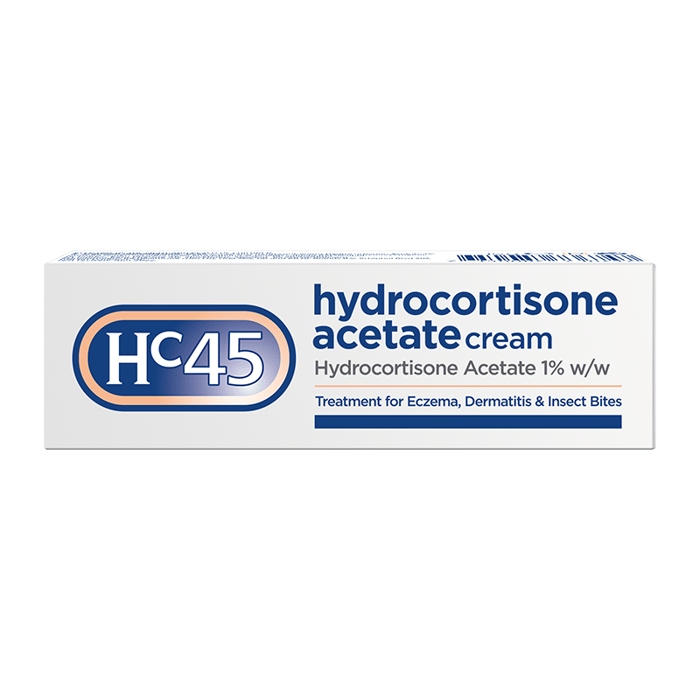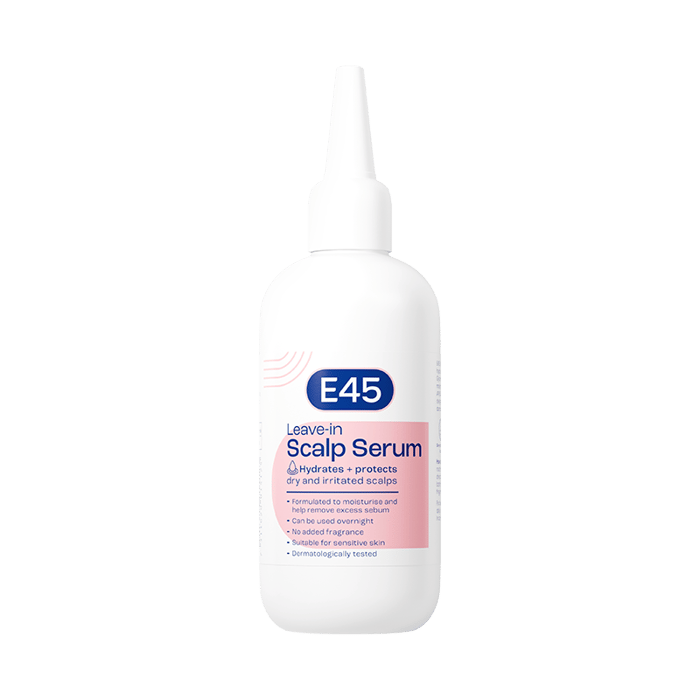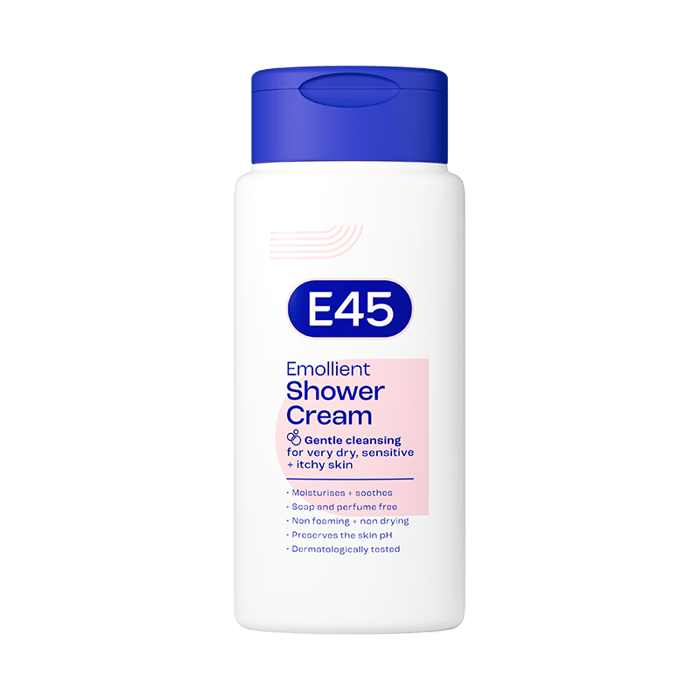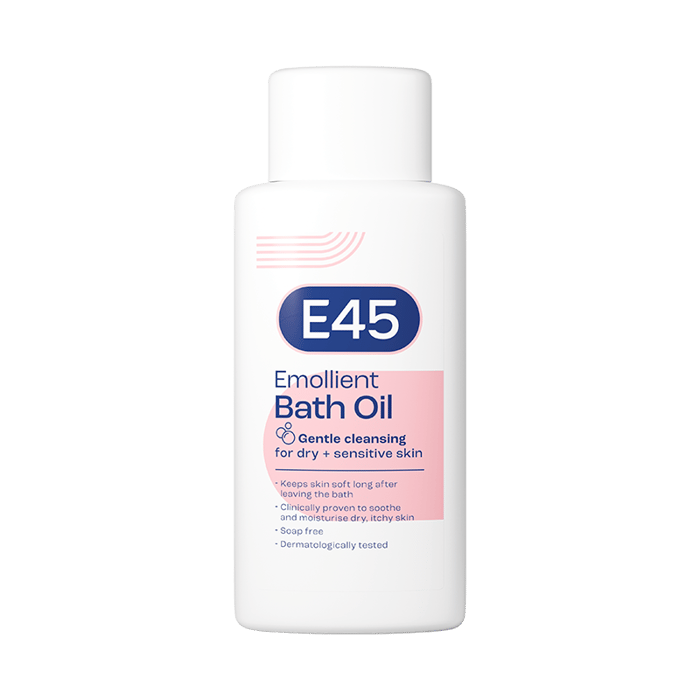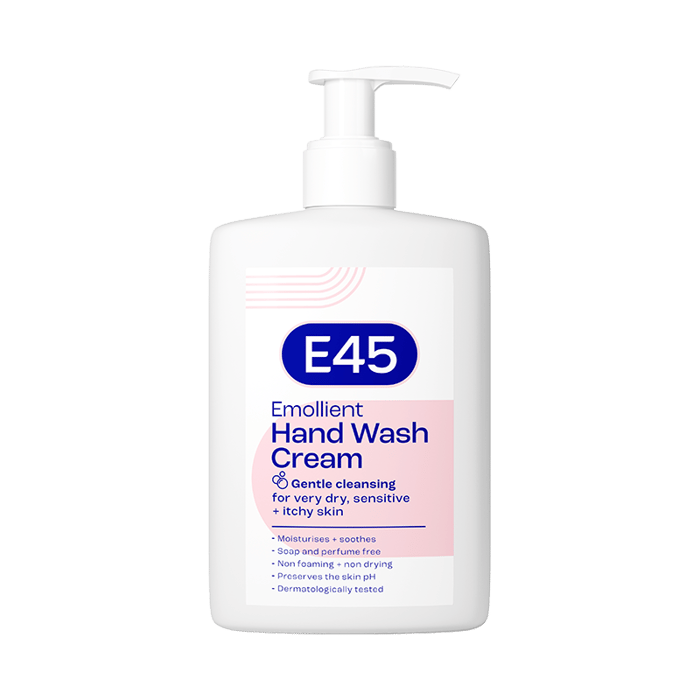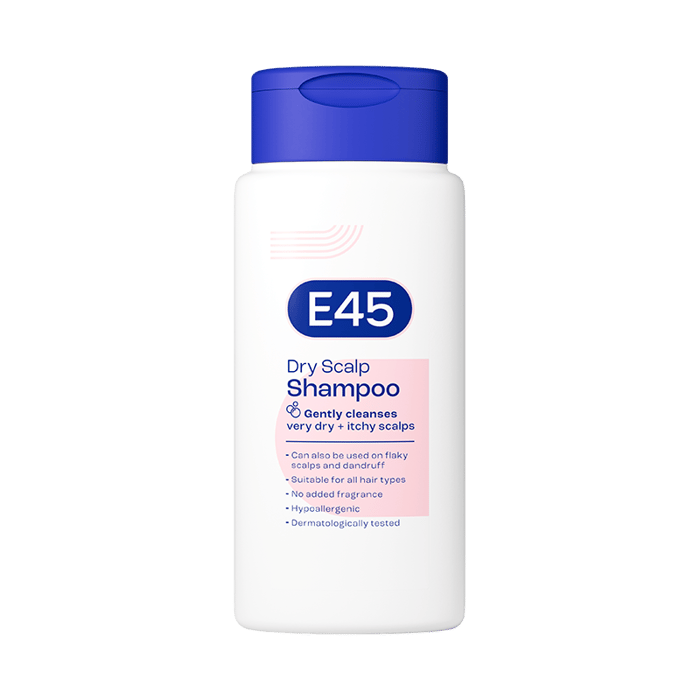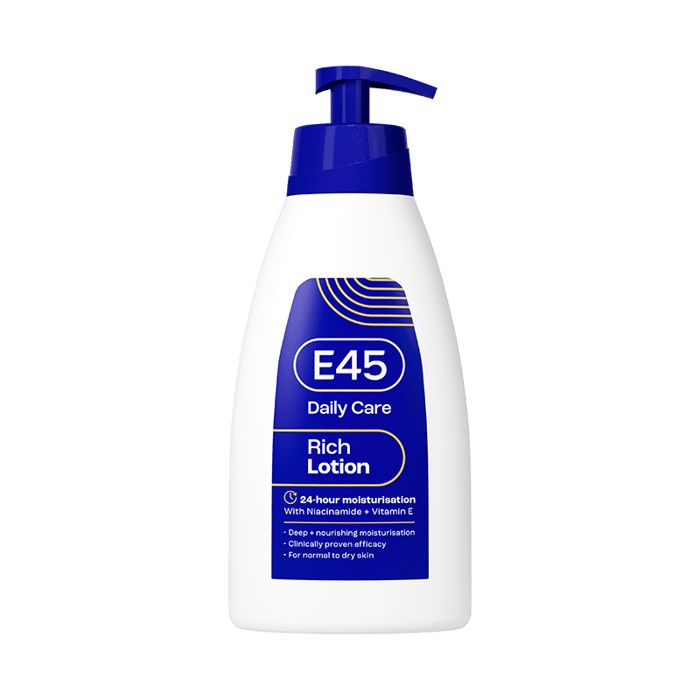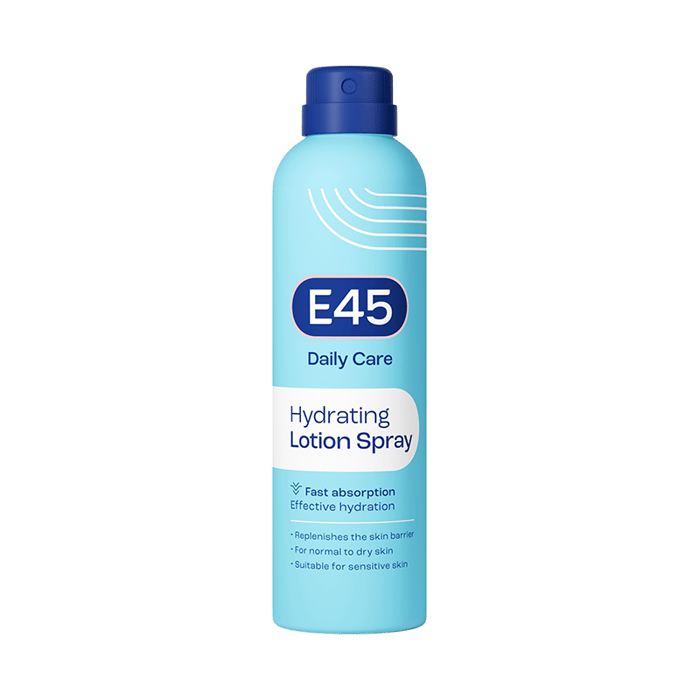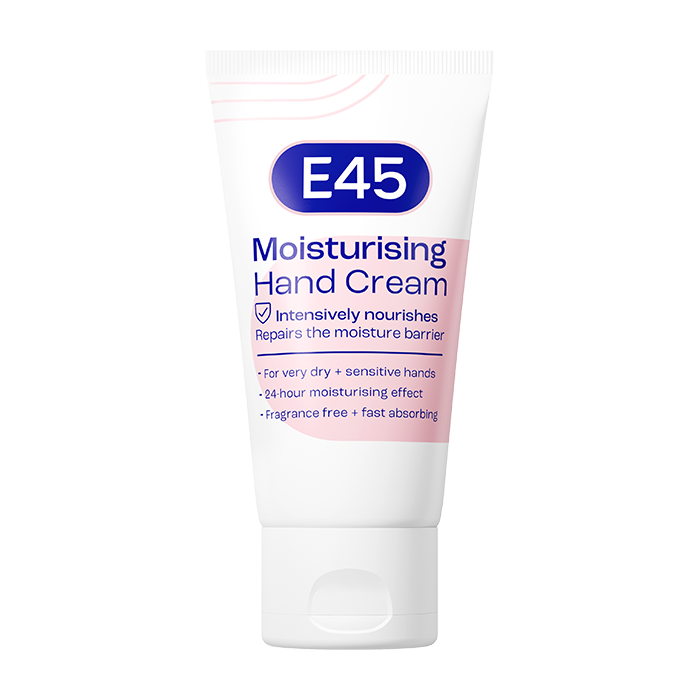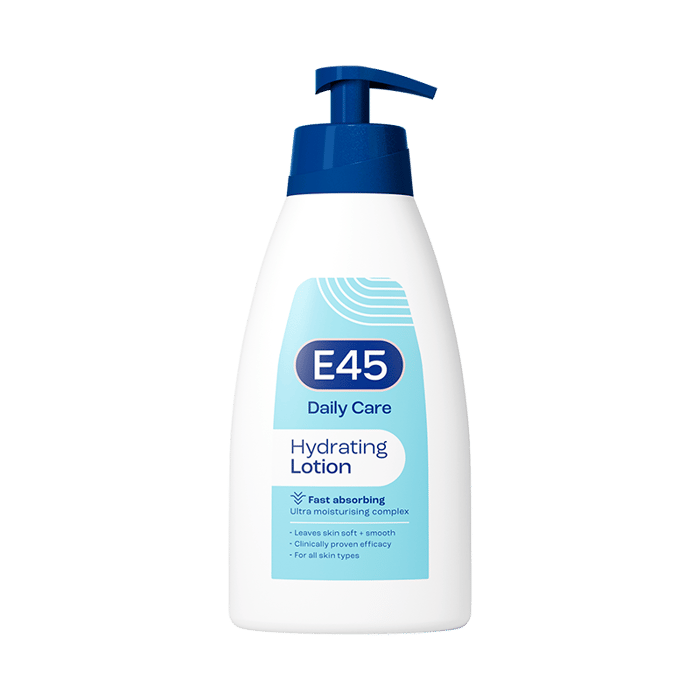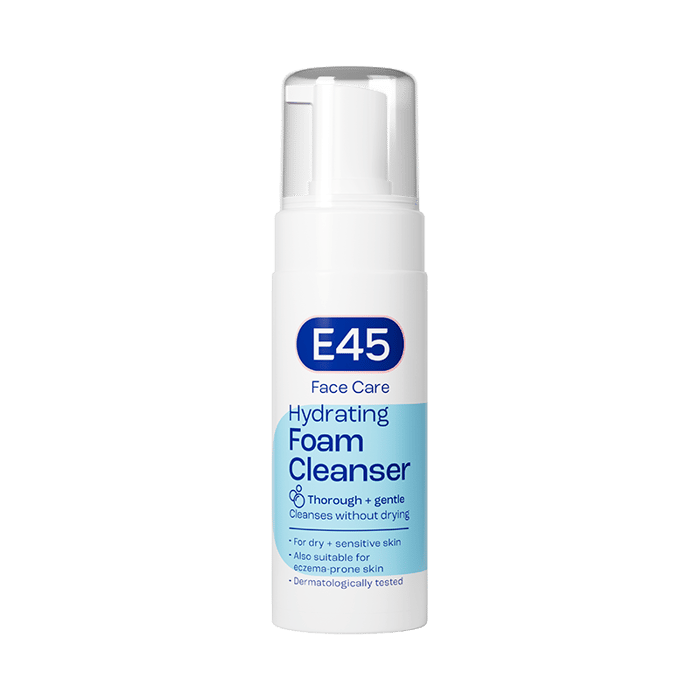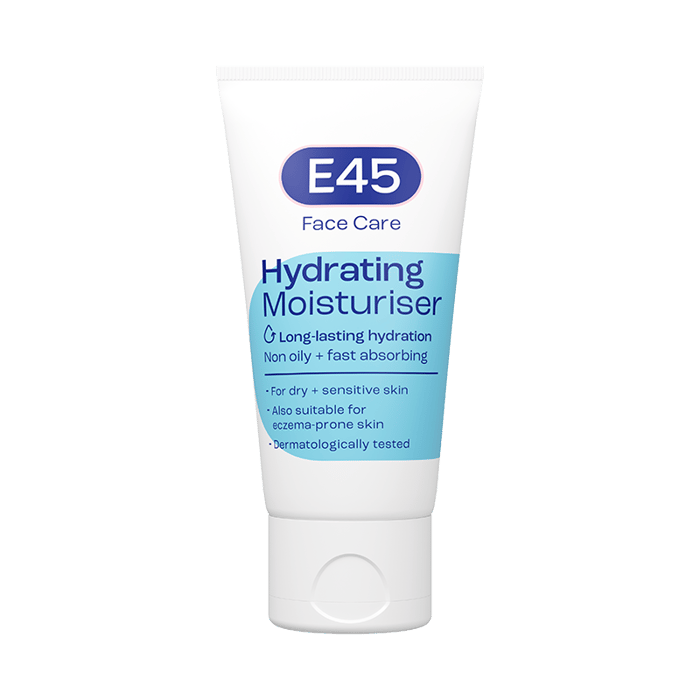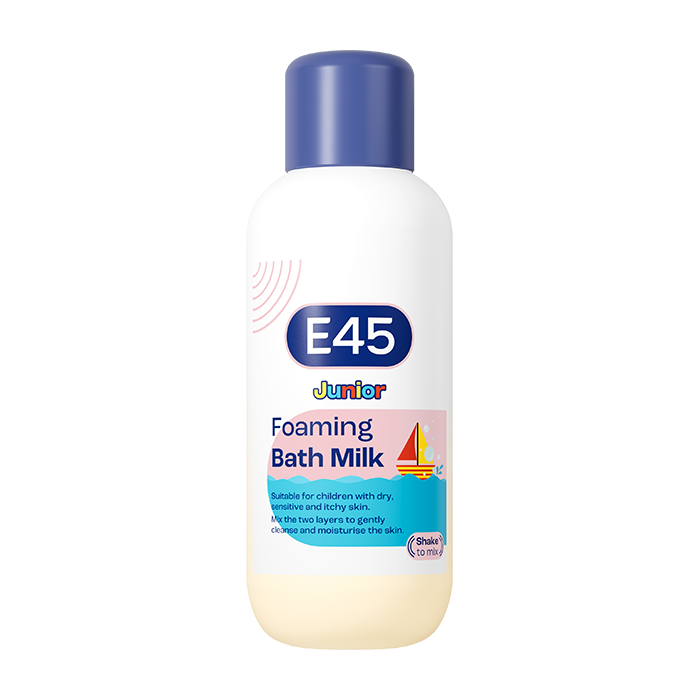What is Ichthyosis Vulgaris?
Ichthyosis vulgaris, sometimes called “fish scale skin” due to its characteristic appearance, is a genetic skin condition that causes dry, scaly skin. It’s one of the most common types of ichthyosis, often appearing in childhood and continuing into adulthood. While the condition can vary from mild to more noticeable, it’s generally manageable with the right care.
Table of Contents
Causes of Ichthyosis Vulgaris
Ichthyosis vulgaris is mainly caused by a genetic mutation that affects the skin’s ability to shed dead cells properly. This leads to the build-up of dry, scaly patches on the skin, often referred to as “fish scale skin.
Genetic Causes
Ichthyosis vulgaris is usually the result of changes in certain genes that help your skin shed dead cells. The most common of these changes occurs in a gene called FLG, which is important for making filaggrin—a protein that helps protect your skin and keep it moisturised. When this gene doesn’t work properly, the skin has trouble shedding dead cells, leading to dry, scaly patches.
This is the most common cause of the condition, and it is inherited, meaning it can be passed down from parent to child. If one parent carries the gene, there’s a chance the child might develop ichthyosis vulgaris. Symptoms often start in early childhood, though how severe they are can vary from person to person.
Acquired Causes
In rare cases, ichthyosis vulgaris can be acquired later in life due to other health conditions or medications. These include:
- Hypothyroidism (underactive thyroid)
- Chronic kidney disease
- HIV/AIDS
- Certain cancers (e.g., lymphoma)
- Medications like chemotherapy
Environmental Factors
While not direct causes, environmental factors can worsen ichthyosis vulgaris symptoms, such as:
- Cold, dry weather
- Use of harsh soaps
- Frequent bathing with hot water
Managing ichthyosis vulgaris involves understanding both its genetic roots and how external factors like weather or skincare routines can affect your skin. Using a moisturiser such as E45 Cream or E45 Itch Relief Cream regularly can help alleviate dryness and scaling.
Symptoms of Ichthyosis Vulgaris
The main symptoms of ichthyosis vulgaris include:
- Thick, dry scales on the skin: These scales may be white, grey, or brown, depending on the individual’s skin tone. This is the most noticeable symptom of ichthyosis vulgaris.
- Dry skin: Often leads to discomfort and itching, especially during cold weather or winter months.
- Flaky skin: Flakiness can be noticeable, particularly on areas like the legs, hands, and arms.
- Rough patches: The skin may feel rough to the touch, with thicker, scaly areas appearing over time.
These symptoms can vary in severity, but managing dryness is key to improving the overall appearance and feel of the skin.
Different Parts of the Body Affected
While ichthyosis vulgaris can affect various parts of the body, some areas tend to show more symptoms than others.
Hands
The hands are often affected by ichthyosis vulgaris, particularly around the knuckles and fingers. The skin on the hands may feel tighter, and scaling can make everyday tasks like gripping or holding objects uncomfortable. Using moisturising creams designed for sensitive skin, such as E45 Cream or E45 Itch Relief Cream, can be a helpful way to manage dryness and keep the hands soft.
Legs
The legs are one of the most common areas to show symptoms of ichthyosis vulgaris. The skin can become particularly flaky and dry, resembling fish scales, which is why the condition is sometimes referred to as “fish skin disease”. Applying an effective moisturiser to areas like the legs is key in managing dryness and flakiness. For more tips on caring for dry skin, particularly during the colder months, it can be helpful to adopt a consistent skincare routine.
Other Areas
In addition to the hands and legs, ichthyosis vulgaris can affect the arms, back, and scalp. Some people may notice more pronounced symptoms in these areas during certain times of the year, especially in winter when the air is dry. For more guidance on managing conditions that lead to flaky skin, understanding what triggers symptoms in different areas of the body can be important.
Atopic dermatitis and Ichthyosis Vulgaris
Individuals with ichthyosis vulgaris are more likely to develop atopic dermatitis. This can make managing skin care more challenging, as both conditions cause discomfort, dryness, and irritation.
Atopic dermatitis, commonly known as eczema, and ichthyosis vulgaris are both skin conditions that affect the outermost layer of the skin, leading to dryness and irritation. While they are distinct conditions, they can often occur together, and individuals with ichthyosis vulgaris may also experience atopic dermatitis. (Source)
Diagnosis of Ichthyosis Vulgaris
If you suspect you or your child may have ichthyosis vulgaris, a healthcare professional can typically diagnose the condition based on a visual examination of the skin. They may ask about family history, as genetics often play a significant role in the condition. In some cases, a biopsy or genetic testing may be used to confirm the diagnosis.
It’s important to consult a healthcare provider if symptoms worsen or become difficult to manage. They can also help rule out other skin conditions that can look similar to ichthyosis vulgaris, such as keratosis pilaris, a condition often confused with ichthyosis due to the rough, bumpy patches it causes. (Source)
Treatment for Ichthyosis Vulgaris
While there’s no cure for ichthyosis vulgaris, treatment focuses on managing symptoms and preventing dryness. Moisturising is the most important step in treatment, and creams that help lock in moisture, like E45 Cream or E45 Itch Relief Cream, are recommended by healthcare professionals. Here are some helpful ways to manage the symptoms at home:
- Moisturising regularly: Applying a thick moisturiser immediately after bathing can help lock in moisture and keep the skin hydrated.
- Gentle exfoliation: In the bath using a loofah sponge or a bathing mit can help remove the build-up of dead skin, making it easier for moisturisers to penetrate the skin. However, it’s important to avoid harsh scrubs that can irritate the skin.
- Using humidifiers: Dry air can worsen symptoms, especially during colder months. Using a humidifier in your home can help keep the air moist and your skin hydrated.
- Warm baths with a bath oil: Using a bath of warm (not hot) water and a gentle bath oil can help soothe dry skin and retain moisture. After bathing, gently pat the skin dry and apply a moisturiser. However, it’s important to avoid harsh soaps that can irritate the skin.
Medical Care and Prescribed Treatments
In some cases, especially when symptoms are more severe, your healthcare provider might recommend treatments beyond home remedies. These can include:
- Prescription creams: A healthcare professional might prescribe creams or lotions containing urea (source) or lactic acid (source), which can help exfoliate dead skin and increase moisture retention.
- Retinoids: In more severe cases, oral retinoids may be prescribed. These medications help reduce the production of skin cells, though they are typically reserved for severe ichthyosis vulgaris cases. Always ask a healthcare professional for advice. (source)
- Sun protection: It’s important to be mindful of sun exposure, as dry skin conditions can sometimes become more irritated in the sun. For those spending time outdoors, sun protection is key to preventing further irritation. Using a moisturiser with SPF can help protect your skin while keeping it hydrated. (source)
Managing Ichthyosis Vulgaris in Babies
For parents managing mild ichthyosis vulgaris in their baby, the focus is on keeping the baby’s skin moisturised and comfortable. It can be helpful to use gentle, fragrance-free products that won’t irritate their delicate skin. For more advice on effective care for dry skin in babies, including tips on bathing and moisturising, creating a daily skincare routine is a simple yet key way to support your baby’s skin health.
Conclusion
While ichthyosis vulgaris can be a lifelong condition, it is generally manageable with the right care and attention. Moisturising regularly, exfoliating gently, and using products suited for sensitive, dry skin can help reduce the severity of symptoms. For those with more severe forms of the condition, a healthcare provider can offer additional treatment options tailored to their needs.
By taking a proactive approach to caring for your skin, you can reduce discomfort and enjoy softer, healthier skin all year round.
FAQ: Ichthyosis vulgaris
How do you get rid of ichthyosis vulgaris?
There is no cure for ichthyosis vulgaris, but regular moisturising and gentle exfoliation can help manage the symptoms. Using creams that contain urea or lactic acid can help to hydrate and remove dead skin cells. If you experience discomfort we recommend seeking professional healthcare.
What causes acquired ichthyosis vulgaris?
Acquired ichthyosis vulgaris is usually linked to underlying health conditions such as hypothyroidism, kidney disease, or certain cancers, as well as medications like chemotherapy drugs.
What is the drug of choice for ichthyosis vulgaris?
Topical treatments containing urea or lactic acid are commonly recommended to manage ichthyosis vulgaris. In more severe cases, doctors may prescribe retinoids to help reduce scaling.
Will there be a cure for ichthyosis?
Currently, there is no cure for ichthyosis, but research is ongoing. Treatment focuses on managing symptoms and improving quality of life through moisturisers, exfoliation, and sometimes prescription medications.
What does ichthyosis vulgaris look like?
Ichthyosis vulgaris presents as dry, thick, scaly patches on the skin. These scales can be white, grey, or brown and are often most noticeable on the legs, arms, and hands.
What is ichthyosis vulgaris?
Ichthyosis vulgaris is a common genetic skin condition that causes dry, scaly patches. It is often referred to as “fish scale skin” due to the appearance of the affected areas.
How to treat ichthyosis vulgaris
Treatment for ichthyosis vulgaris includes regular moisturising, gentle exfoliation, and using creams with urea or lactic acid. In some cases, a doctor may prescribe stronger treatments like retinoids.
What causes ichthyosis vulgaris?
Ichthyosis vulgaris is usually caused by a genetic mutation that affects the skin’s ability to shed dead cells properly. This inherited condition often appears in childhood, but can also develop later in life due to other health issues (acquired ichthyosis).

